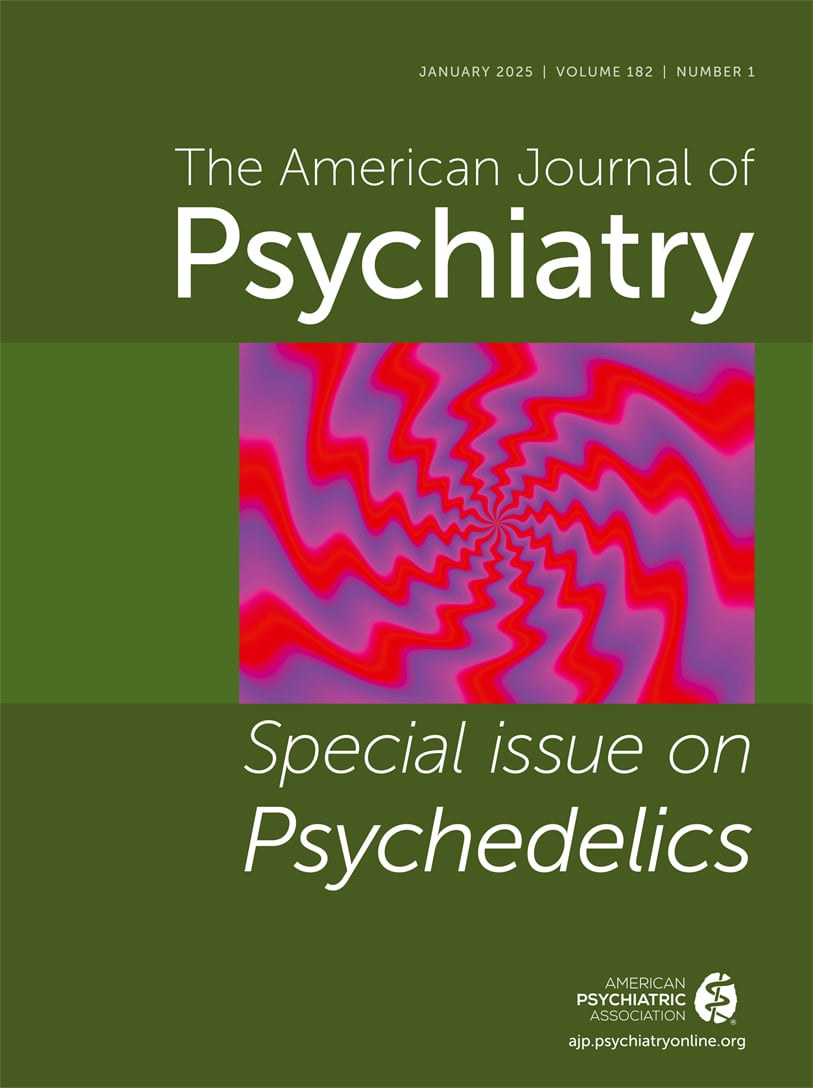Psychedelics for the Treatment of Psychiatric Disorders: Interpreting and Translating Available Evidence and Guidance for Future Research
Abstract
Methodological Aspects That Affect Inferences and Interpretation of Extant Studies With Psychedelics
Generalizability of Controlled Trial Evidence With Psychedelics
Blinding Integrity and Choosing an Adequate Placebo
Is the Psychedelic Trip Essential, or Is It Best Conceptualized as a Treatment-Emergent Adverse Event?
Psychological Interventions and Psychedelics: Psychedelic-Assisted Psychotherapy or Psychotherapy-Assisted Psychedelic Therapy
Priority Vistas Crucial to the Future of Psychedelic Development and Implementation in Psychiatry
The Need for Adequate and Well-Controlled Trials in Well-Defined Psychiatric Populations
Safety of Psychedelics
Hallucinogen persisting perception disorder.
Cardiovascular safety and valvular heart disease.
Abuse Potential Assessment
Infrastructure and Personnel
Set and setting.
Health care provider training: core competencies and scope of practice.
Posology, Treatment Administration Paradigm, and Microdosing
Characterizing the Pharmacodynamics and Pharmacokinetics of Psychedelic Agents
Cost-Effectiveness
Conclusions
References
Information & Authors
Information
Published In
History
Keywords
Authors
Competing Interests
Metrics & Citations
Metrics
Citations
Export Citations
If you have the appropriate software installed, you can download article citation data to the citation manager of your choice. Simply select your manager software from the list below and click Download.
For more information or tips please see 'Downloading to a citation manager' in the Help menu.
View Options
View options
PDF/EPUB
View PDF/EPUBLogin options
Already a subscriber? Access your subscription through your login credentials or your institution for full access to this article.
Personal login Institutional Login Open Athens loginNot a subscriber?
PsychiatryOnline subscription options offer access to the DSM-5-TR® library, books, journals, CME, and patient resources. This all-in-one virtual library provides psychiatrists and mental health professionals with key resources for diagnosis, treatment, research, and professional development.
Need more help? PsychiatryOnline Customer Service may be reached by emailing PsychiatryOnline@psych.org or by calling 800-368-5777 (in the U.S.) or 703-907-7322 (outside the U.S.).

